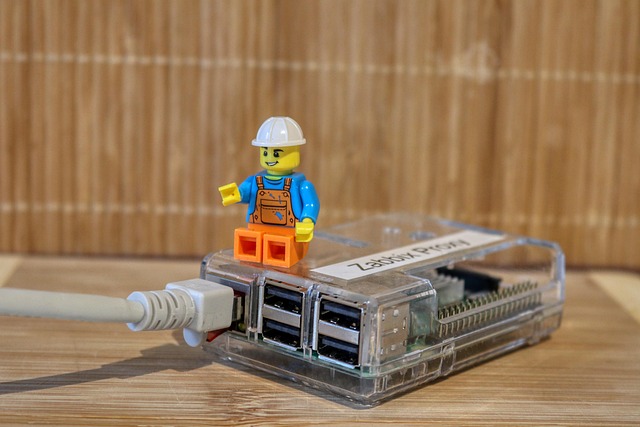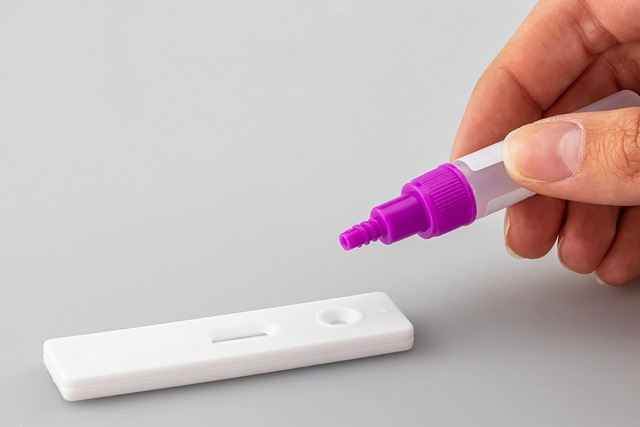Behind every precisely executed movement of a robotic arm, every swift decision made by an automated system, and every smart device simplifying our lives, there’s often a tiny, unassuming chip working tirelessly. These aren’t the powerful processors found in desktop computers or servers; they are microcontrollers – specialized integrated circuits designed for dedicated control tasks. They are the hidden masters, the quiet powerhouses that make sophisticated control possible, bringing intelligence and automation to everything from complex industrial systems to everyday gadgets.
Think of control as the ability to direct, manage, and regulate. Microcontrollers are the perfect agents for this, built for specific functions, low power consumption, and reliable performance in often demanding environments. Their role is increasingly pivotal as the lines blur between physical systems, data processing, and intelligent decision-making in the age of advanced automation.
Microcontrollers in Robotics
In the world of robotics, control is paramount. Every joint movement, every sensor reading, every interaction with the environment needs precise, real-time management. This is where microcontrollers shine. They act as the brain – or often, multiple distributed brains – of robots, handling the low-level tasks that allow robots to perceive, think, and act.
- Motor Control: Driving motors with precise speed, torque, and position control.
- Sensor Integration: Reading data from proximity sensors, cameras, encoders, and other inputs, often performing initial processing.
- Kinematics: Executing complex calculations to translate desired movements into specific joint angles or motor commands.
- Real-time Operation: Ensuring tasks happen exactly when needed, critical for safe and effective interaction with the physical world.
Whether it’s a delicate surgical robot, a fast-moving factory automaton, or a mobile drone, microcontrollers provide the fundamental control layer that enables complex behaviors dictated by higher-level processors or AI systems. They are the bridge between the digital command and the physical action.
Microcontrollers and Artificial Intelligence (AI)
While large-scale AI training happens on powerful GPUs and servers, the deployment and application of AI often rely on microcontrollers, particularly at the edge.” Edge AI involves running AI models or performing AI-related tasks directly on local devices, closer to where the data is generated or where action is needed. Microcontrollers are enabling this decentralized intelligence.
- Sensor Data Pre-processing: Filtering noise, extracting features, or performing simple recognition tasks on sensor data *before* sending it to a larger AI system or the cloud.
- Inference on the Edge: Running small, optimized AI models (like tinyML) on the microcontroller itself for tasks like keyword spotting, basic image recognition, or anomaly detection.
- Actuation based on AI Output: Receiving decisions from an AI system (local or remote) and executing precise control commands on motors, lights, valves, etc.
- Connectivity Management: Handling communication protocols to send processed data or receive AI commands.
Microcontrollers empower AI to extend beyond data centers, bringing intelligent responsiveness to embedded systems. They provide the necessary control infrastructure for AI to interact directly with the physical environment in real-time.
Microcontrollers in Business Automation
Business automation, encompassing everything from smart factories and logistics to building management and retail, is increasingly reliant on connected, intelligent systems. Microcontrollers are the essential building blocks providing the localized control and connectivity needed for these sprawling networks.
- Industrial Automation: Controlling machinery on assembly lines, monitoring processes, managing robotic work cells, and implementing safety interlocks.
- Smart Buildings: Managing HVAC systems, lighting, access control, and security based on occupancy, time, or environmental conditions.
- Logistics and Inventory: Controlling automated guided vehicles (AGVs), managing sorting systems, and providing real-time tracking information from sensors on goods or infrastructure.
- Retail Automation: Powering smart point-of-sale systems, automated inventory tracking, and personalized digital displays.
In these business contexts, microcontrollers provide the granular control over physical assets and environments, collecting data, executing commands, and ensuring reliable operation. They are the distributed intelligence that allows larger automation systems to function efficiently and responsively, orchestrating complex processes through precise, localized control.




